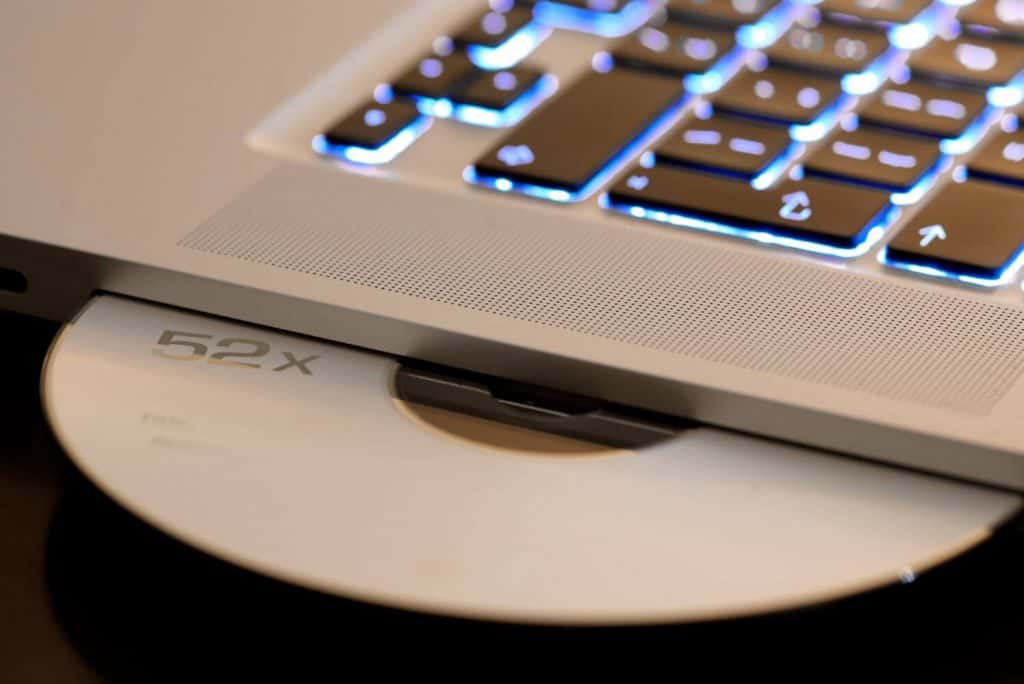Best Way to Store Digital Photos
- By Douglas Moore
- April 29, 2020
Disclosure: As a member of the Amazon Associates program, we earn from qualifying purchases. Some links in this guide are affiliate links. We may get paid if you buy something or take an action after clicking one of these links, at no additional cost to you. It’s how we fund the work that it takes for us to create and maintain these guides.
Table of Contents
I remember my first digital camera, which I got during the distant high school days. I had managed to talk my mom into buying me a decent Canon model. We timed the whole thing around a trip to a couple of Middle Eastern countries. The next year, we took a trip to Spain. I took lots of photos – of course, without letting photo-taking dominate the mood – and stored them all on my PC.
Three countries, thousands of photos, and one PC that crashed, taking all our photographed memories with it. At least today, I’m wiser for it.
To prevent the loss of beloved photographs, you should back up your digital photos and store them in a foolproof way. This means not only storing them on your PC, but also on backup drives, and of course, in cloud storage.
The same goes for shoeboxes of precious old photographs. Unpredicted circumstances can destroy your physical originals, so you should scan your photos and digitize them, which will safely store them forever.
Without further ado, let’s look at the best ways to store photos, so you’ll never risk losing them.
What is the Best Way to Store Your Photos?
Let’s look at the three main ways you can store your digital photos on drives and online. Overall, a good rule of thumb is backing up each photo in more than one place, preserving multiple copies in at least two storage locations.
1. Begin By Backing-Up Your Hard Drive on Disk Drives
This is just good sense. Regularly backing up your hard drive will ensure that not only your digital photos, but also all your documents are safely stored on a backup disk drive in the case of your computer crashing (see my sad example above). Disk drives include external hard drives and USB hard drives.

External hard drives vary in size, price, and storage space. Although backing up your photos on a cloud is cheaper (and we’ll go over that in a minute), you may have a good reason for keeping an external drive handy, too. After all, not everyone wants their files “up there” in the cloud. Plus, the cost of keeping high-resolution photos on a cloud can add up over time, whereas a hard drive is a single-payment deal. Here’s a couple of the best selling external hard drives from Amazon:
The issue with external disk drives, however, is that they can fail after some years – be it four or ten. So it’s never quite enough to have your digital photos stored on a single external hard drive.
2. Store Your Photos on Optical Discs
As disk drives can fail, optical discs such as CDs, DVDs, and Blu-ray discs are a great way to store and backup your digital photos. Optical discs don’t have moving parts, but the chemicals used in DVDs that you can burn at home do degrade over time as well.
Flash drives (i.e. USB thumb drives) and SD memory cards are also useful for storing smaller amounts of digital photos. However, in the long run, their charge may begin to decay, so you’ll have to refresh them every 4-5 years.
Back to optical discs – another great thing about optical discs is that when you make write-once copies of images, there’s no way for them to get deleted.

Now, choosing between a CD, a DVD, and a Blu-ray disc depends on the amount of storage you need for your digital photos. CDs store only up to 702MB of data, so while they’re a great choice for storing text documents, they lack the capacity to accommodate multiple folders of high-quality image files.
A better choice for storing media are DVDs. A single DVD can store up to 4.7GB, and you can organize your digital image folders on several DVDs, adding on as the years go by.
However, DVDs also lack the capacity for multiple large photo collections. If you often take high-resolution photos or are a professional photographer, you’ll need something larger. This is where Blu-ray discs enter the picture.
Blu-ray discs can store up to 25GB on single-layer discs, and twice as much (50GB) on dual-layer discs. You can also get triple and quad-layer discs for more and more storage.
A couple of Blu-ray discs will be able to accommodate the entirety of your photo collections and folders from multiple years and projects. 20 double-layer Blu-ray discs add up to an entire terabyte of data, which makes it a great solution to all digital photo storing – as far as physical copies go.
Which brings us to…
3. Store Your Photos Using Cloud Storage
The last method for storing digital photos is using cloud storage, or keeping them “on the cloud.” This has quite a few advantages – you don’t have to worry about creating the storage yourself, you’re using someone else’s hard drives. You can add images whenever you want, you’ll have easy access to them, creating and editing folders is a breeze, and so on.
The drawback of using cloud storage is that:
- The data you store in the cloud is not under your control: you’ll depend on the policies of whoever owns the storage service you choose, your internet connection, and other factors beyond your control.
- While the cloud is safe in some ways, it’s unsafe in others: you can get hacked and lose all your images, your account may be closed if you fail to submit a payment, or the online storage service can get shut down, causing you to lose everything. Remember when MegaUpload got shut down?
But let’s look at the good. Using cloud storage gets rid of the hassle of having to look for discs and hard drives when you want to access your digital photos. Plus, it allows you to access your photos from any device which has an internet connection. You can increase the storage space whenever you need to, which makes readjustment to fit new photos super easy.
There are paid and free versions of most cloud storage services. Usually, there’s a lower storage limit on free versions, and you’ll need to pay for more space.
Popular cloud services, such as Dropbox, Google Drive, Microsoft OneDrive, and Flickr offer free versions up to a certain amount of data. For instance, Google Drive offers 15GB of data for free, and you can also use Google Photos to store unlimited amounts of photos up to 16MP in size. Microsoft OneDrive offers up to 5GB of free storage.
To get more space for all your digital photos, however, you’ll need to pay for the premium versions of these cloud services. You can check out their prices, which depends on the number of TB you’ll use. As most providers charge monthly/annually for storage, this can prove to be quite an expensive investment.
A Few Words Before You Go…
The gist of it is – keep copies of your digital photos in at least two places. Choose a method and storage that works best for you, depending on the number of photos you have and your budget.
Domain Name Sanity is a participant in the Amazon Services LLC Associates Program, an affiliate advertising program designed to provide a means for sites to earn advertising fees by advertising and linking to Amazon.com. As an Amazon Associate we earn from qualifying purchases. Amazon and the Amazon logo are trademarks of Amazon.com, Inc. or its affiliates.
Last updated on April 16, 2024. Pricing Information and Product Images obtained from Amazon Product Advertising API.
View Related Articles

Best WiFi Routers For Small Business: 2020 Reviews of Our Top Picks
Every small business needs to have a reliable and smooth internet connection. Whether you’re running a small bookshop, a cafe, or an accounting agency, you’ll need a secure network and a fast internet connection that has the capacity to support multiple users – including employees, clients, and guests.

Best HDMI Switch: Reviews Of Our Top Picks For 2020
So you have a gaming console, a TV box, a computer, a Blu-ray player and a cable box, and they all use your TV’s HDMI switch. At some point, you’re bound to get sick of switching between cables every time you want to use the TV for a different purpose. Luckily, a single HDMI switch (or switcher) can solve the nuisance of constantly swapping and fumbling about with cables.

Best Gaming Routers: Reviews of Our Top Picks in 2020
To help you find the best gaming router, we’ve compiled our list of favorites. Our top picks ensure a smooth, multiple antennae-backed connection, prioritized gaming features to minimize lag, and come with multiple LAN and Ethernet ports.



